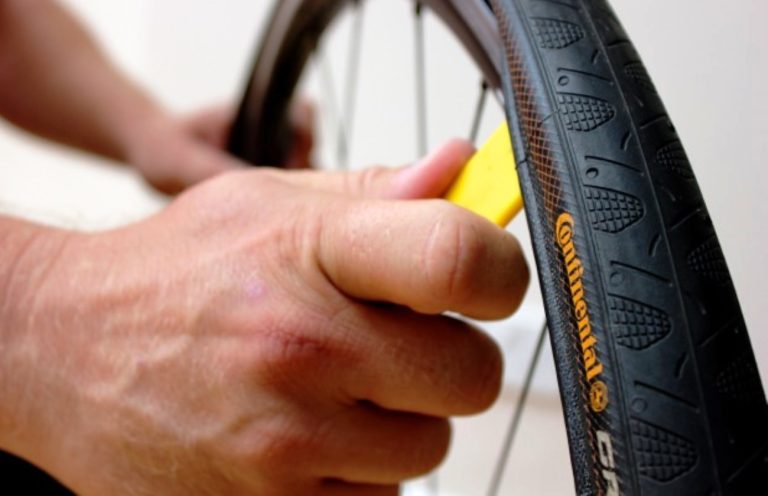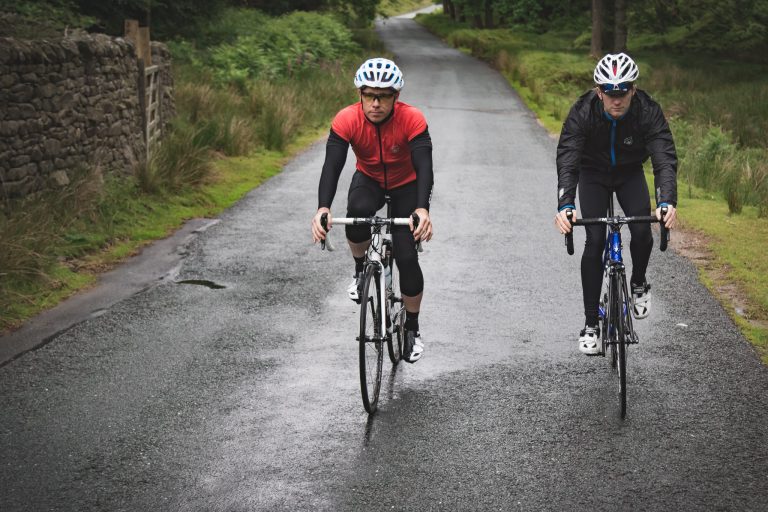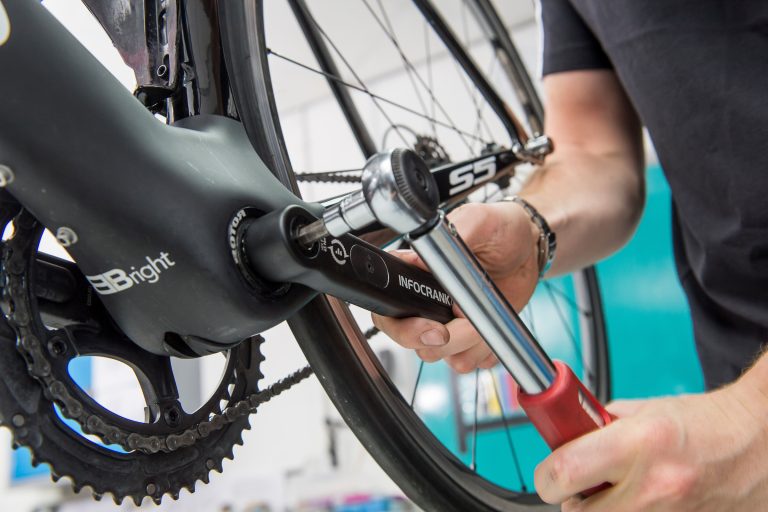






Most complete cycles sent in for test on RCUK have the front brake operated by the right-hand lever, in line with some provision in UK law. That said, for many cyclists there will be a preferred way to set up the brakes and, if this means using the left-hand lever to operate the front brake, then that’s how the bike should be set up as riding a bike with the brakes arranged the opposite way to that preferred by the rider is potentially dangerous.
The Trek Madone 5.2 currently on test was sent in with the left-hand lever operating the front brake. Test rider George Scott prefers it the other way round, so we set about swapping the cables.
The hard way would be to strip the bar tape back below the levers to allow the outer casing on each side to be swapped in its entirety. Much quicker, however, is to swap just the inner wires between levers, leaving the outer casings undisturbed under the tape but switched between frame stop and caliper.
The key is to have ready for use a double-ended ferrule.
Step one is to remove the inner wires. The latest 10-speed Shimano STI levers make this difficult by placing a retaining plate right where it prevents the nipple from coming out of its housing. A very small Phillips screwdriver is required.
With inner removed, the right-hand outer casing can be fitted into the front caliper. On a frame with conventionally-sited cable stops, the rear outer will be longer than needed to reach the front caliper and can be cut short to give an easy curve to the cable.
The left-hand casing will probably be too short to reach a stop on the top tube. This is where the double-ended ferrule comes in; it should be placed between the casing attached to the left-hand lever and the bit that was cut off to ensure a firm braking feel and to keep things looking correct.
In the case of the Madone, the rear brake cable stop is on the front of the head tube. Since this requires a shorter outer casing than does a stop on the top tube, there’s no need to shorten the casing and no need for a double-ended ferrule.
We used one anyway, on the section of casing between the rear top tube cable stop and the caliper, to demonstrate a: its use and b: what happens when you ask for one and get given instead the end of a mtb V-brake noodle pipe. Only one end is big enough to house the outer casing; the other is only large enough for the steel noodle pipe, meaning we had to cut away the plastic sheathing to get the casing to fit inside.
Trek’s solution to the internal cable routing and casing stop problem is to make a big hole in the frame and fill it with a cable stop that can be removed for access to the inner wire. Put a looped zip-tie or similar inside the frame tube and it is easy enough to catch the wire as it passes through the loop.
One last tip is the shorten the front and rear brake outer casings by just enough to move the clamp point on the inner wire towards the nipple. This means the clamp bites on a fresh section of wire and does not leave crimped and weakened wire between the lever and caliper.
Job done, and if you are careful removing the little end caps you can use them again.





